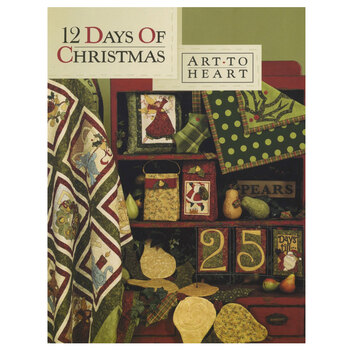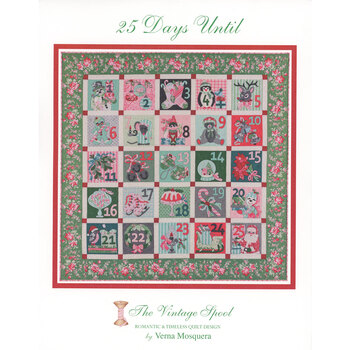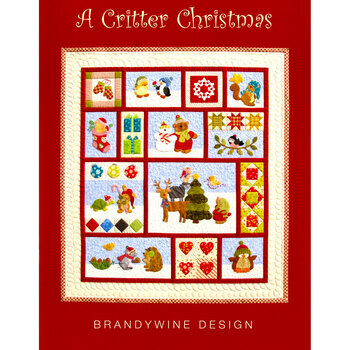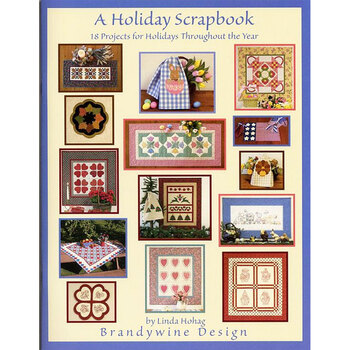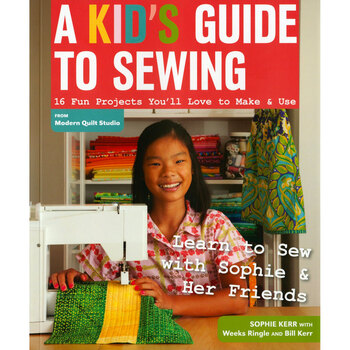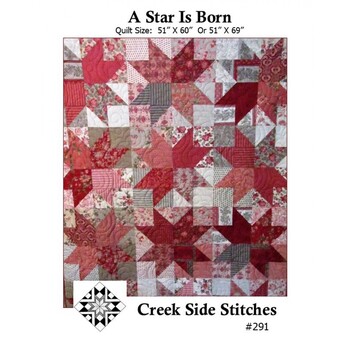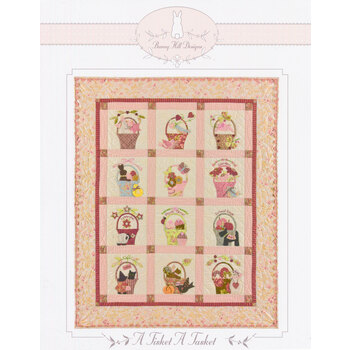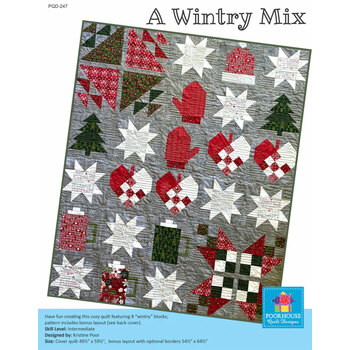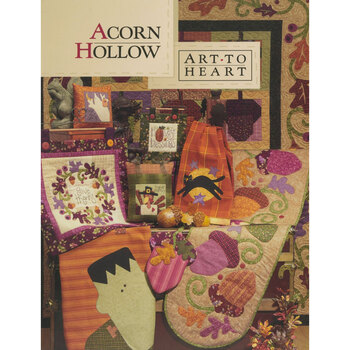Whether you are looking to sew a quilt for a gift, a new baby, a family heirloom, or a holiday decoration, Shabby Fabrics has countless quilt patterns to choose from. For beginners and advanced quilters alike, Shabby Fabrics has quilting patterns available to fit any skillset. Browse our extensive Quilt Pattern and Book Library to find your next inspiration.
Shabby Fabrics caters to the full range of makers and quilters. Whether you are sewing your first quilt, or your hundredth, Shabby Fabrics has quilt patterns that will appeal to your skill level. Challenge yourself with intricate piecework and embroidery or find a simple pattern designed to be made quickly using Pre-cut Fabrics. Books and magazines with new quilting patterns are constantly released and at Shabby Fabrics we make sure we have the latest designs available for our customers. Browse the endless options and find the pattern to start your dream quilt.When it comes to quilting, having a solid foundation in quilting patterns and books is indispensable, whether you’re a seasoned quilter or just beginning your journey. Patterns come in a variety of styles such as modern, traditional, appliqué, and even scrappy designs, each offering its own unique flair and challenges. By incorporating high-quality quilting patterns and books into your sewing library, you'll not only enhance your projects but also ensure that you have a wealth of creative inspiration at your fingertips. These resources serve as fantastic guides, providing structure and creativity that can elevate your quilting game for years to come.
For instance, if you enjoy the visual clarity and ease of reference that printed quilt patterns offer, you might find yourself reaching for a well-structured format rather than an electronic version when it’s time to sew. Additionally, for those looking to expand their skills, Shabby Fabrics' quilting books go beyond standard patterns; they feature in-depth tutorials and step-by-step guides on techniques ranging from traditional piecing to modern improvisation. This means there’s always something new to learn and explore, ensuring that every quilting session is both enjoyable and enriching. Whether you’re aiming to create stunning wall hangings, cozy quilts, or intricate table runners, the best quilting patterns and books can guide you through every stitch.
A great place to start is with one of our Free Quilt Patterns. We also offer quilting tutorials for beginners including the Learn How to Quilt - Beginner Series and our Learn How to Quilt Intermediate Series.
We offer an extensive collection of top-selling quilt patterns & books that quilters love for their quality, variety, timeless appeal and convenience. Our current collection includes 1,207 unique patterns & books on sale, ensuring there's something for every skill level, budget and size of project. Below are the most popular quilting patterns & books products:
These best-selling patterns & books exemplify the high standards of quality and design that Shabby Fabrics is known for, making them perfect additions to your quilting collection.
Be sure to look through the 10 quilt patterns & book products currently on sale. At Shabby Fabrics, we carry only first quality patterns & books, so you can be sure that even when purchasing at a discount that you are still buying the best. Also remember we offer free US shipping on orders over $75. Take advantage of our current sales on quilting patterns & books, including:
Take advantage of these limited-time offers to stock up on high-quality patterns & books and elevate your quilting project today.
Quilt and embroidery patterns and books are essential for beginners looking to learn the basics or for experts wanting to master a new stitch, seam or block. At Shabby Fabrics, we offer 29 themed quilt patterns and books that cater to quilters of all skill levels. When selecting patterns and books, it’s important to consider the specific themes and styles that resonate with your creative vision. The right pattern or book not only guides you through the process but also sparks inspiration for your next masterpiece.
These quilt pattern themes are some of our most popular and provide endless opportunities to explore and create:
In addition to the themed patterns, books and downloads above, check out others like Christmas-themed quilt patterns, summer-themed quilt patterns, Floral-themed quilt patterns, and autumn-themed quilt patterns. These themed patterns and books provide a solid foundation for your quilting projects, allowing you to create pieces that are both beautiful and meaningful.
Discover our expansive collection of budget-friendly quilt patterns & books that blend quality with affordability. Choose from a diverse array of 1,207 unique varieties of patterns & books. This ensures that every quilter can find patterns & books for both their project needs and their budget. Explore some of our lowest-priced patterns & books below:
The products above showcase a perfect blend of quality and cost-effectiveness when it comes to patterns & books. We know you will find the quilt patterns & books you want to help you complete your next project perfectly!
Shabby Fabrics has an amazing selection of exclusive pattern designs and books that you cannot find anywhere else. Also don't miss our vast array of quilting, embroidery and sewing tutorials to help you put your pattern or book to good use. Our customer support team is also at your service, and you can get help through any of the methods below. We also have a free Loyalty program where you can earn 3% back toward a future purchase with your pattern or book order.
Our top-selling patterns & books are:
The quilt patterns & books products above are of the highest quality and are sure to make your next quilt project a success!
We offer patterns & books in various themes to cater to different projects and preferences. These include themes like Christmas, summer, Floral, and autumn themes. Popular thematic patterns & books include geometric-themed patterns & books, patchwork-themed patterns & books, and spring-themed patterns & books.
At Shabby Fabrics we have a wide selection of patterns & books on sale at great prices. Use our “Sale” filter above or view some quilt patterns & books on sale now:








